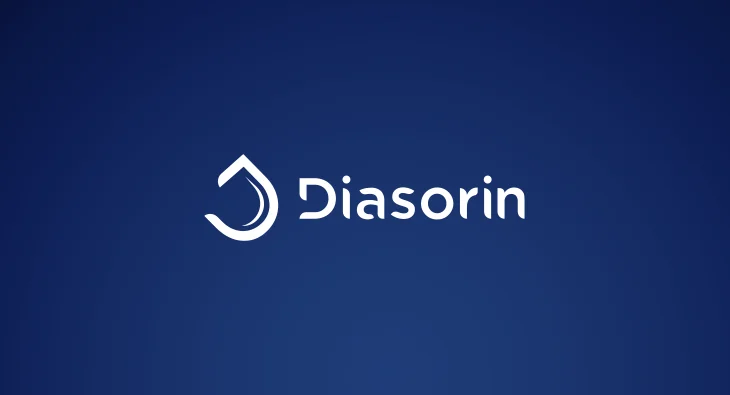Webinar: Mouse Model Analysis Is Better with Multiplexing
Query hundreds of immunoassay targets, even with limited sample volume
To make the most of immunology-focused assays using the limited tissue and fluid samples available from mouse models, scientists should consider using xMAP® Technology from Luminex, according to Daniel Braunschweig, Proteomics Field Application Scientist Leader at Bio-Rad Laboratories.
That’s the takeaway from a 30-minute webinar hosted by Labroots, which is now available for on-demand viewing and offers continuing education credits. In the presentation, Braunschweig spoke about getting the most out of bead-based multiplexing, experimental considerations, and key attributes for multiplex assays.
Variability in Mouse Models
Mouse models represent a $2 billion industry, Braunschweig noted, in part because they’re a mainstay for pharmaceutical R&D and are accepted models even for cutting-edge treatments such as immunotherapies and cell or gene therapies. Knock-out strains and assay content are readily available. However, variety among mouse strains, experimental design, and interpretation processes can lead to inherent variability when dealing with this type of data, he added.
Generating Data with Minimal Biological Sample
Perhaps the biggest challenge in working with mouse models, though, is that tissues and fluids are precious because they’re available in such small volumes. Because of this, researchers require cost-effective platforms with high sensitivity and specificity, comprehensive results, and strong reproducibility, Braunschweig said. He noted that xMAP Technology meets all of those criteria, generating data from potentially hundreds of targets per sample, even when there’s minimal sample to use. Automated multiplexing also reduces hands-on time and minimizes variability across experiments.
The webinar also introduces viewers to key experimental considerations, such as how analyte profiles differ by mouse age or tissue type, and assay attributes, including a large dynamic range and the ability to profile entire biological pathways.
If you work with mouse models and need immunoassay data, be sure to carve out a little time for this informative webinar.
Related Content
- Getting Started with xMAP® Technology [Video]
- Browse 1,200+ Partner Kits with xMAP® Kit Finder [Online Tool]
- xMAP® Cookbook to Design Your Own Assays [Download]
- View the xMAP® Webinar Blog Series [Video]


